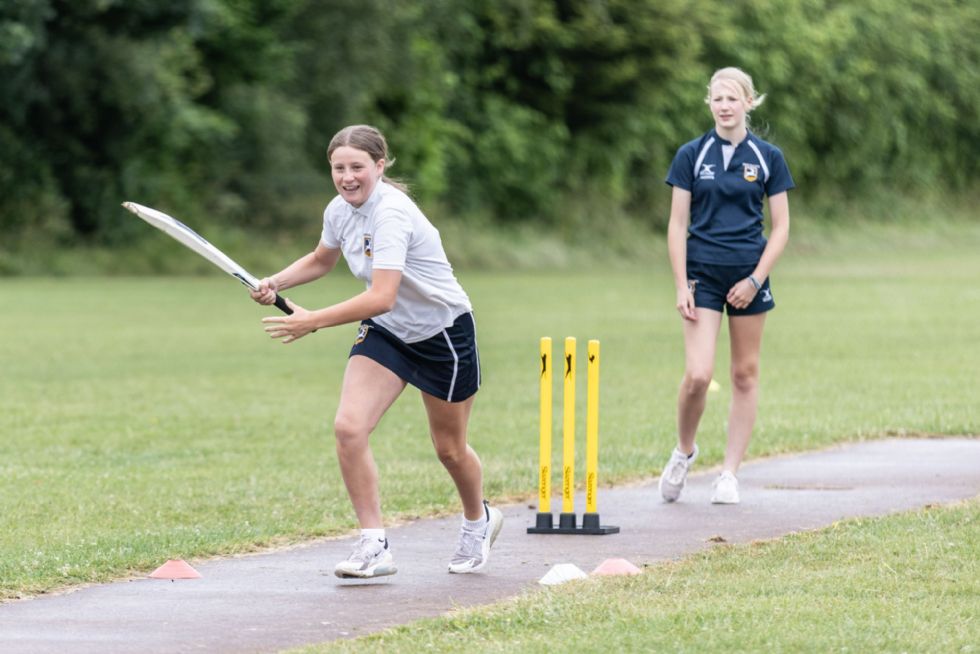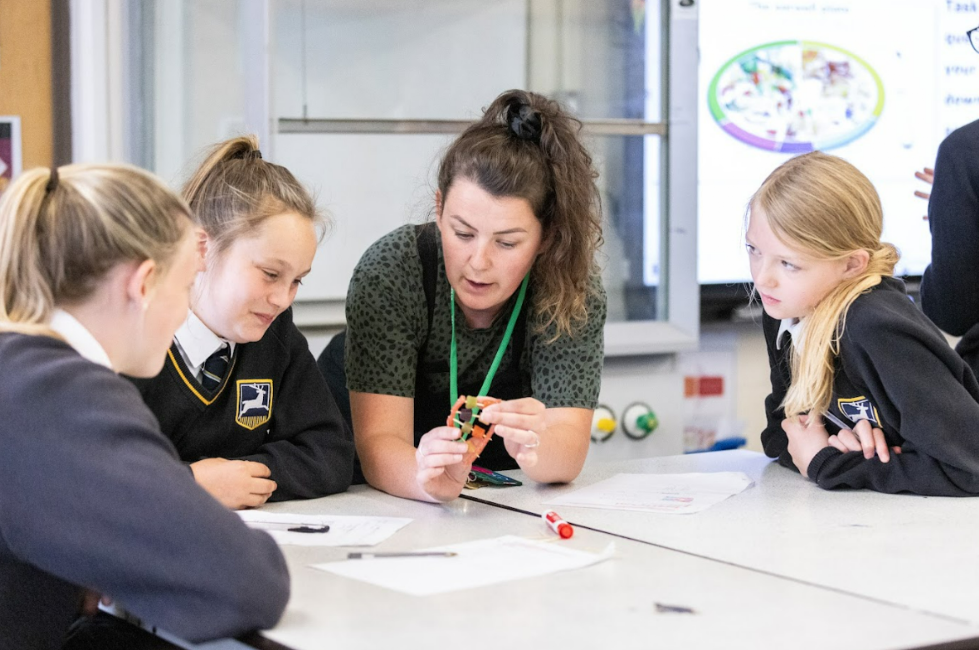Identifying SEN
How do we decide whether a child has a special educational need?
1. All students are assessed throughout the school year by their class teachers. Teachers are always checking how well the students are performing by assessments, through monitoring work in books during lessons and through ILT. There are three formal assessment points throughout the year which feed into the whole school monitoring of progress.
3. Some students will be making slower progress than we would expect. With some extra help, most of these students will begin to catch up. This extra support might be additional support in lessons, scaffolding or modelling. Some may require extra booster or intervention sessions.
4. A few students will still struggle to catch up, even with this additional support. When this happens, we would usually say that the child has a Special Educational Need (SEN).
5. The SENCO or a member of the SEND team then carries out more detailed assessments/observations to find out what type of SEND the student has. If we need more information about a student’s needs or the type of support that they need, we may ask for help from other professionals such as speech and language therapists or educational psychologists.
6. Once we have decided that a student has a SEND they will be added to the SEND register. The SENCO will then be monitoring the student’s progress and helping teachers decide what additional support the student needs.
Here at Dene Magna we identify students as having special educational needs via a variety of ways.
These include:
• Benchmarking data – on moving up to Dene Magna, all Y7 students complete the STAR reading test as part of the Accelerated Reader programme to identify those that are performing below age expected levels. Students will also complete spelling tests to identify specific difficulties.
• Reading Assessment data KS3 – Year 8 and 9 also completed reading assessments throughout the year as part of the Accelerated Reader programme
• Concerns may be raised by parents
• Concerns may be raised by staff; despite the teacher putting into place high quality teaching the student makes very little or no progress
• Half termly year group in focus meetings, which support in identifying students with a potential barrier to learning.
• Liaison with previous school or setting.
• Liaison with external agencies e.g. Educational Psychology Service or Advisory Teaching Service.
Once a child is identified as having a potential SEN it is the SENCo’s responsibility to ensure the day to day provision of support for a student is in place.








